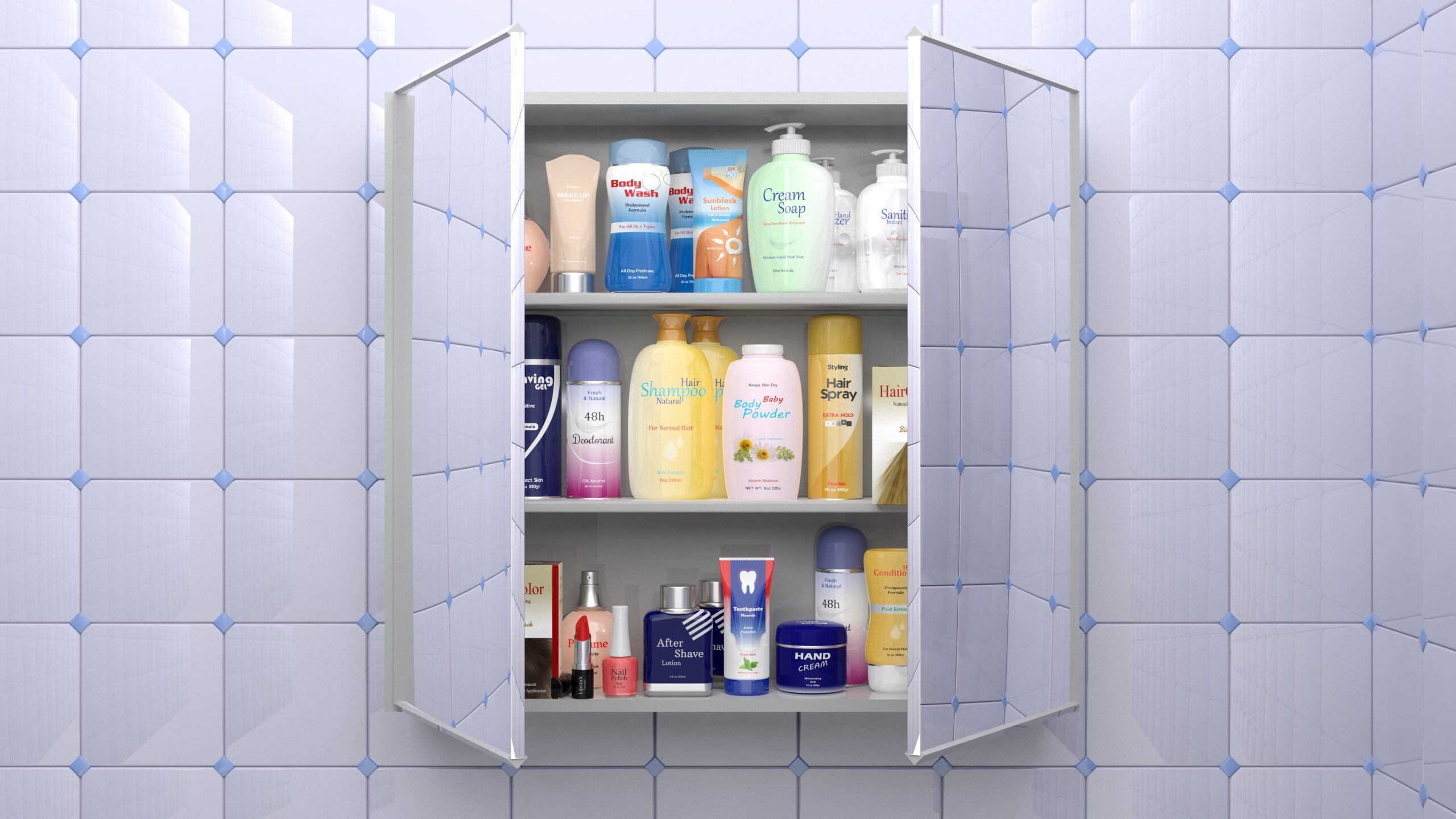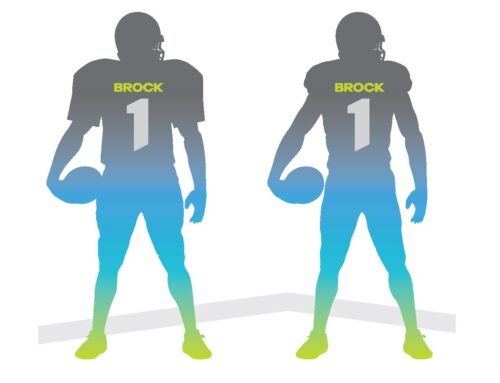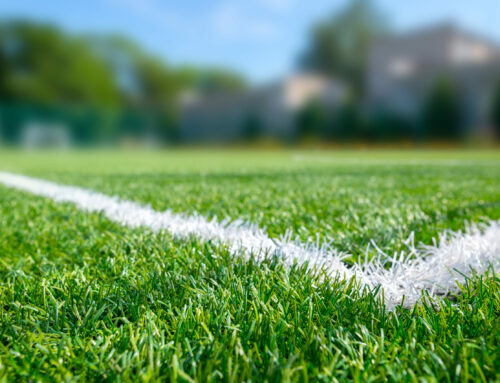In recent debates over environmental safety, the presence of PFAS (per- and polyfluoroalkyl substances) in artificial turf has sparked concerns. However, it’s crucial to put these worries into perspective. While it’s important to be cautious about chemicals in our environment, the truth is that artificial turf contains far fewer PFAS than many everyday products sitting in your bathroom cabinet.
Understanding PFAS and Their Common Uses
PFAS are a group of man-made chemicals used in a variety of consumer and medical products due to their water-resistant and non-stick properties. They can be found in items such as dental floss, makeup, non-stick cookware, and even waterproof clothing. Plus PFAS are essential in the medical field for things like wound dressings, catheters, and syringes. These chemicals have been around for decades and are used in products that people regularly apply to their bodies and consume in close contact.
PFAS in Artificial Turf vs. Everyday Products
The amount of PFAS found in artificial turf is minimal compared to other common products. For example, the dental floss you use daily or the makeup applied directly to your skin often contains higher levels of PFAS exposure than artificial turf. These products are in direct contact with your body, yet they don’t face the same level of scrutiny as artificial turf, which is far less likely to pose a direct risk. Critics are also misguided and don’t take into consideration the newest technologies being used in sports fields that eliminate the intentional addition of PFAS.
Artificial turf is designed to be a durable, low-maintenance surface that requires no pesticides or fertilizers and significantly less water than natural grass. Recent independent PFAS testing by the leading turf manufacturers have reported non-detectable levels of PFAS. There are certainly PFAS problems to solve, sometimes even in the water we drink. But artificial turf is a valuable asset to many communities and magnifying the scope of the PFAS problem into headline news is a disservice to those same communities, and diverts human efforts from tackling more serious environmental problems
The next time someone brings up PFAS as an objection to installing artificial turf, remind them of the hypocrisy of such a position and ask them if they encounter some of the most common products that use PFAS including:
- Non-stick Cookware: PFAS are used to create the non-stick coating (e.g., Teflon) on pots, pans, and other cookware items.
- Waterproof and Stain-Resistant Fabrics: PFAS are applied to clothing, outerwear (such as rain jackets), and upholstery to make them water-repellent and stain-resistant.
- Food Packaging: Fast-food wrappers, microwave popcorn bags, and other grease-resistant packaging often contain PFAS to prevent oils and liquids from soaking through.
- Cosmetics: PFAS can be found in makeup products such as foundation, mascara, and lipstick to help them last longer, resist moisture, and maintain a smooth texture.
- Dental Floss: Some brands of dental floss, especially those marketed as “glide” or “smooth,” use PFAS to reduce friction and make flossing easier.
- Carpets and Rugs: Stain-resistant treatments for carpets and rugs often involve PFAS to repel dirt, water, and stains.
- Cleaning Products: Certain stain removers and water-repellent sprays contain PFAS for their ability to create a barrier against moisture and dirt.
- Firefighting Foam: PFAS have long been used in firefighting foam (especially aqueous film-forming foam or AFFF) due to their ability to suppress oil-based fires.
- Waterproof Outdoor Gear: Items such as tents, backpacks, and hiking gear often have a PFAS coating to make them water-resistant.
- Electronics: PFAS are used in some electronics for their heat resistance and non-conductive properties, contributing to the durability of devices like smartphones and laptops.
And what would healthcare look like if they avoided some common medical products that may contain PFAS like…
- Medical Devices: PFAS are used in coatings for catheters, guidewires, and other minimally invasive devices to reduce friction and improve maneuverability during procedures.
- Implants: Some implants, such as those used in joint replacements or vascular grafts, may utilize PFAS for their biocompatibility, reducing the risk of infection and improving long-term performance.
- Surgical Gowns and Drapes: These items may be treated with PFAS to make them resistant to fluids and contaminants during surgeries.
- Syringes and IV Components: PFAS are sometimes used in the production of components for syringes, IV tubes, and infusion pumps to improve chemical resistance and performance.
- Artificial Blood Vessels: PFAS are used in the manufacturing of certain vascular grafts and synthetic blood vessels due to their non-reactive nature, which reduces the likelihood of adverse reactions within the body.
- Endoscopic Tools: PFAS coatings help reduce friction on endoscopic instruments, improving their movement through the body during diagnostic or surgical procedures.
- Oxygenators and Blood Filters: Some components of medical devices, such as oxygenators used during open-heart surgery or filters in dialysis machines, may contain PFAS to enhance their durability and function.
- Pharmaceutical Packaging: PFAS are sometimes used in the packaging materials for certain drugs and medical products to prevent contamination and maintain product stability, particularly for drugs that require sterile environments.
- Laboratory Equipment: PFAS are used in labware such as pipette tips, tubing, and beakers, where their chemical resistance and non-stick properties prevent contamination during sensitive procedures.
- Wound Dressings: Advanced wound dressings or bandages may incorporate PFAS to create a barrier against infection while promoting healing.






